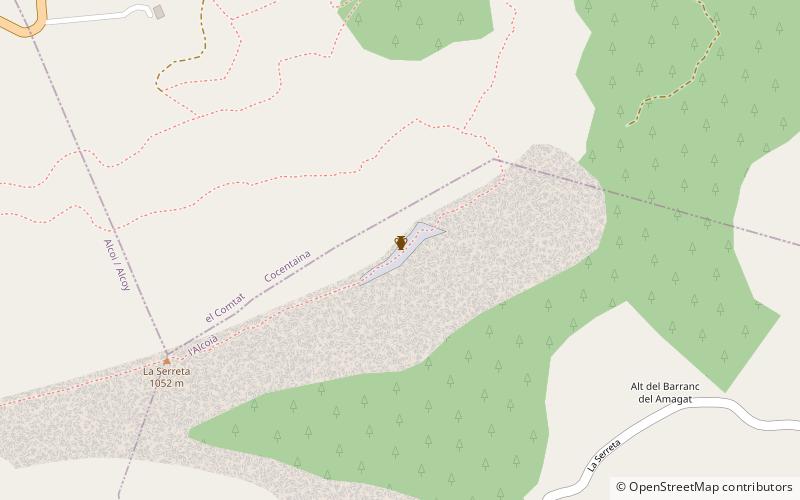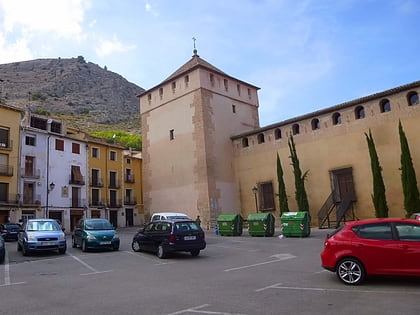Yacimiento arqueologico de La Serreta, Alcoy


Facts and practical information
The archaeological site of La Serreta whose period corresponds to the ancient and full Iberian and Roman, is located in the municipality of Penàguila.
It constitutes a double site, a settlement and a sanctuary. In 1917 the site was discovered, excavated by Visedo and declared a Historic-Artistic Monument belonging to the National Artistic Treasure by decree of 3 June 1931. In the 1950s it was excavated again by Visedo and in the 1960s by M. Tarradell.
The main materials are deposited in the Camilo Vicedo Archaeological Museum, named after the main excavator of the site. From here come six plombs written in the Greek-Iberian alphabet.
The site has also yielded interesting Iberian and imported terracottas and ceramics.
The remains of a quadrangular room can be seen, arranged in long rows. At the western end are located the remains of the sanctuary, located by Visedo in the highest portion, currently marked by a geodesic vertex, in whose vicinity were found numerous Iberian votive offerings in terracotta. Llobregat describes the remains of a building located 100 m. away that could correspond to the Roman sanctuary.
From the area of the Sanctuary you can see the summit of the Sierra de Aixorta, which marks the sunrise on the equinoxes, which for some astronomers could have some significance.
In 1987 the necropolis was discovered, which has been systematically excavated with the discovery of 80 graves, mainly from the 4th century BC. The grave goods are of great variety and richness. Of particular note is the falcata from tomb 53, with a beautiful hilt.
The whole of the slope of the sunny side is covered with the remains of buildings that adapt to the levels of the mountain. There are no great monumental remains, but the surroundings are evocative and the views are magnificent.
Yacimiento arqueologico de La Serreta – popular in the area (distance from the attraction)
Nearby attractions include: Palace of the Counts of Cocentaina, San Jorge Bridge, Cementeri d'Alcoi, Museu Alcoià de la Festa.











